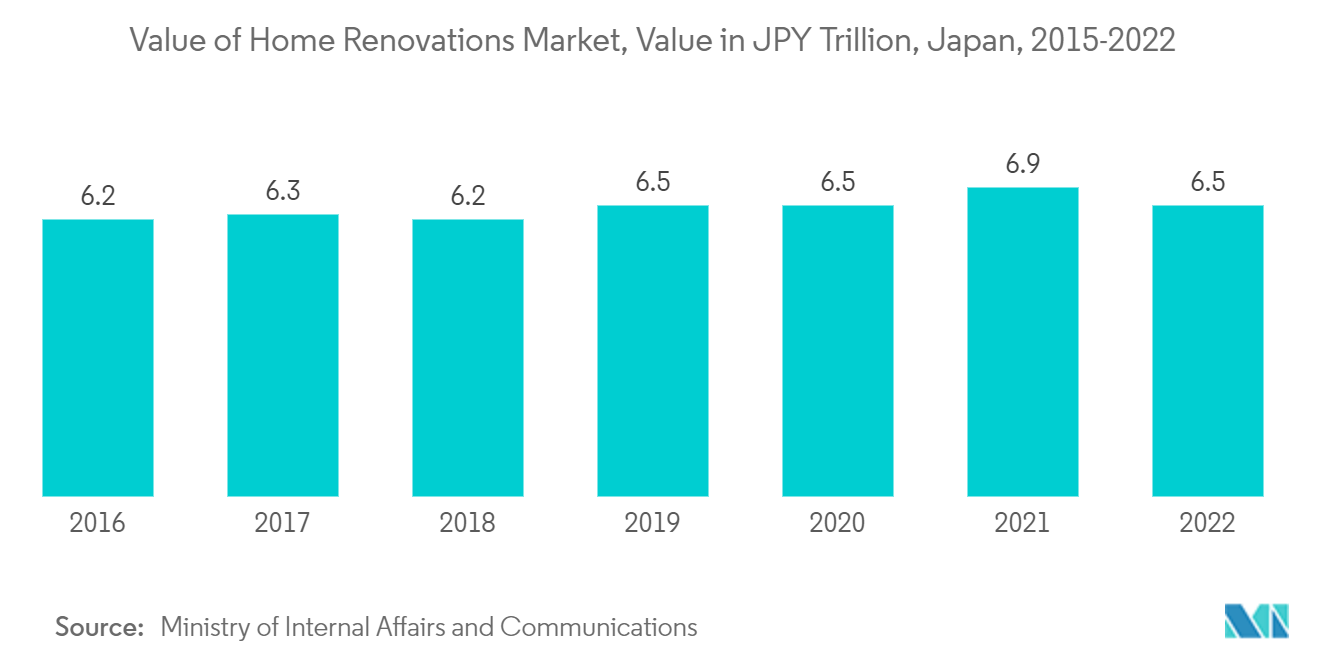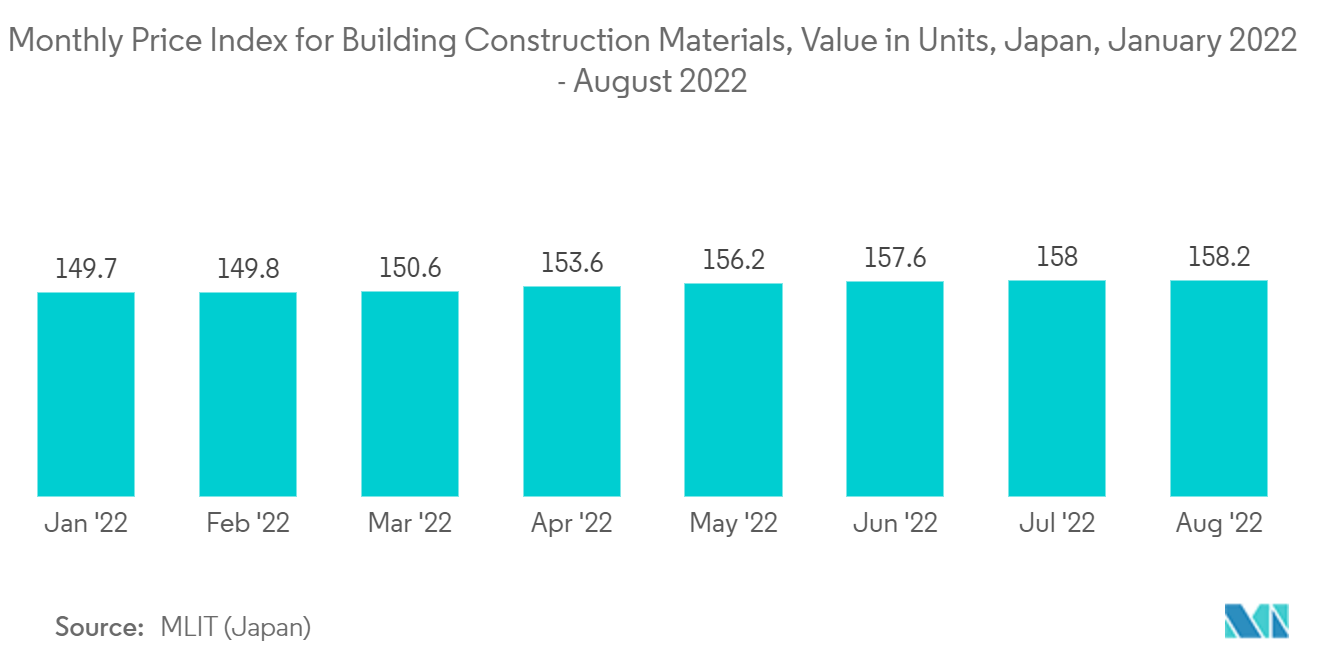Market Trends of Japan Manufactured Homes Industry
This section covers the major market trends shaping the Japan Manufactured Homes Market according to our research experts:
Manufactured Homes are Witnessing a Rise in Adoption
The Japanese manufactured homes industry is innovative and has developed a user-orientated approach by integrating specially developed marketing, design, and quality-orientated techniques into its production processes. In order to meet the growing demand for manufactured homes, the industry offers customized products through integrated management and proper utilization of standard products as well as the flexibility of assembly options.
Moreover, unlike other countries, homes in Japan rapidly depreciate over time, and they become nearly valued less within 20 to 30 years of their lifetime. The aged homes in the country are either demolished or renovated based on their condition. In order to avoid higher investment in conventional constructions, the Japanese are considering manufactured structures as the best alternative to replace traditional homes.
Meanwhile, prefab homes are also witnessing significant growth in the country. The changing demographic trends in Japan give the citizens a reason to rehab their old homes, which is driving the adoption of manufactured prefab panels as a second skin to the old buildings. In addition, in 2021, as per the Ministry of Internal Affairs and Communications survey, the home renovation market in Japan stood at JPY 6.9 trillion (USD 0.051 trillion), up from JPY 6.5 trillion (USD 0.048 trillion) in the previous year. Thus, the growing aged structures are driving the manufactured homes market in the country.

Increasing Construction Costs Drive the Market Growth
Currently, most developers are utilizing wood in constructing residential units in Japan. In 2021, Japan witnessed a rise in buildings constructed from wood materials. Whereas in 2022, timber prices surged to record highs in Japan since economic sanctions were imposed against Russia, further leading to increasing housing costs in the years ahead. In addition, more than 80% of the timber is imported from Russia, which includes wood veneer sheets to make plywood boards, highly utilized in building constructions.
Moreover, due to the Russia-Ukraine war, Japanese construction companies have halted orders for Russian wood. In addition, as per real estate experts, the soaring construction materials prices further lead to the trend of rising home prices. Also, the cost of home construction is expected to rise by nearly 5 to 10% in the future, as building material prices keep soaring. Thus, the growing construction costs accelerate the growth of manufactured home adoption in the country.
However, in 2021, the average price index of cement for construction in Tokyo stood at 104.9 index points, which was higher than the pre-pandemic levels. Meanwhile, in 2022, material prices for building construction peaked at 158.2 points in August.


